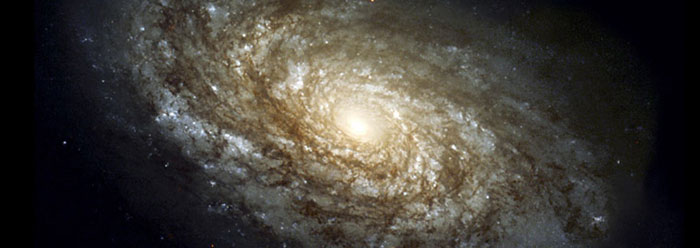
The Knowledge of the Night
Our galaxy—the Milky Way—is a remarkable demonstration of God’s power and glory. True to its name, it appears as a faint, cloudy band stretching from the northeast to southwest in our summer night sky. A telescope reveals that this band is the combined light of over one hundred billion distant stars. Each of those stars is a “sun” much like ours. Each releases more energy in a billionth of a second than a major city on Earth could use in an entire year. And that is just our galaxy. We now estimate that there are over one hundred billion galaxies in the visible universe. Yet, God created all this merely by His spoken Word (Psalm 33:6, 9).
Like many galaxies, the Milky Way is disk-shaped with a central bulge. Since our solar system is located within the disk, we see the rest of our galaxy as a narrow cloud in our night sky. The disk has higher concentrations of luminous stars in some regions than others, forming a spiral structure. Many other galaxies also have this spiral structure, and this presents a problem for those people who believe that the universe is billions of years old. Spiral galaxies rotate faster near their core than they do near their perimeter. As a result, they are constantly twisting tighter with time and would be twisted beyond recognition if they were billions of years old. All spiral galaxies therefore appear quite young.
The location of our solar system within our galaxy is ideal. We are far from any sources of lethal levels of radiation and far enough from the core that we can discern the type of galaxy in which we live. We are close enough to nearby stars that we can see them with the unaided eye and study them scientifically. Yet, we are not too close to any star such that it would pose a danger to life or prevent scientific study of the universe beyond. It seems that our galaxy and our location within it are consistent with God’s plan for humanity.
There is more evidence from the universe in The Physical Sciences.




